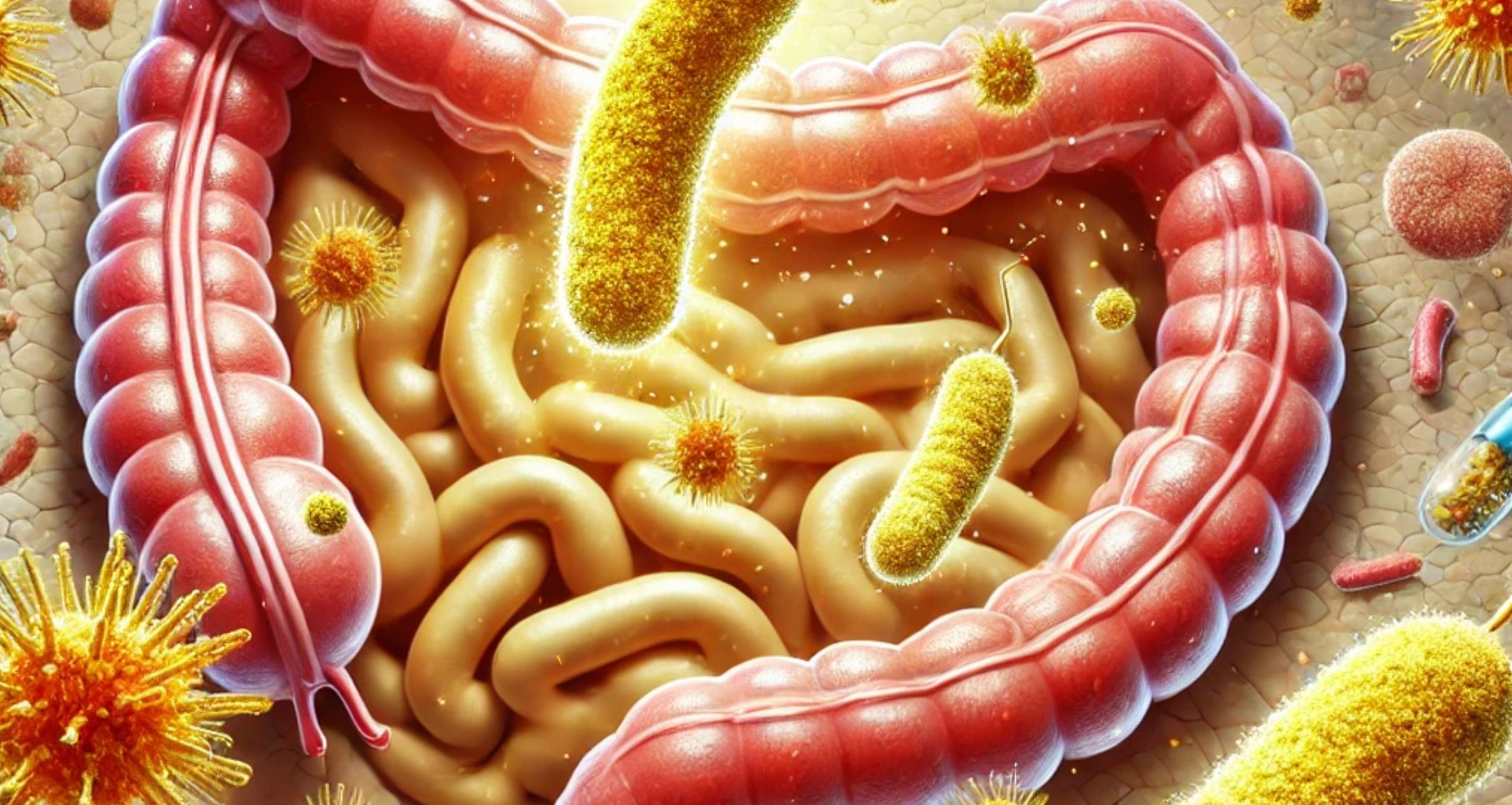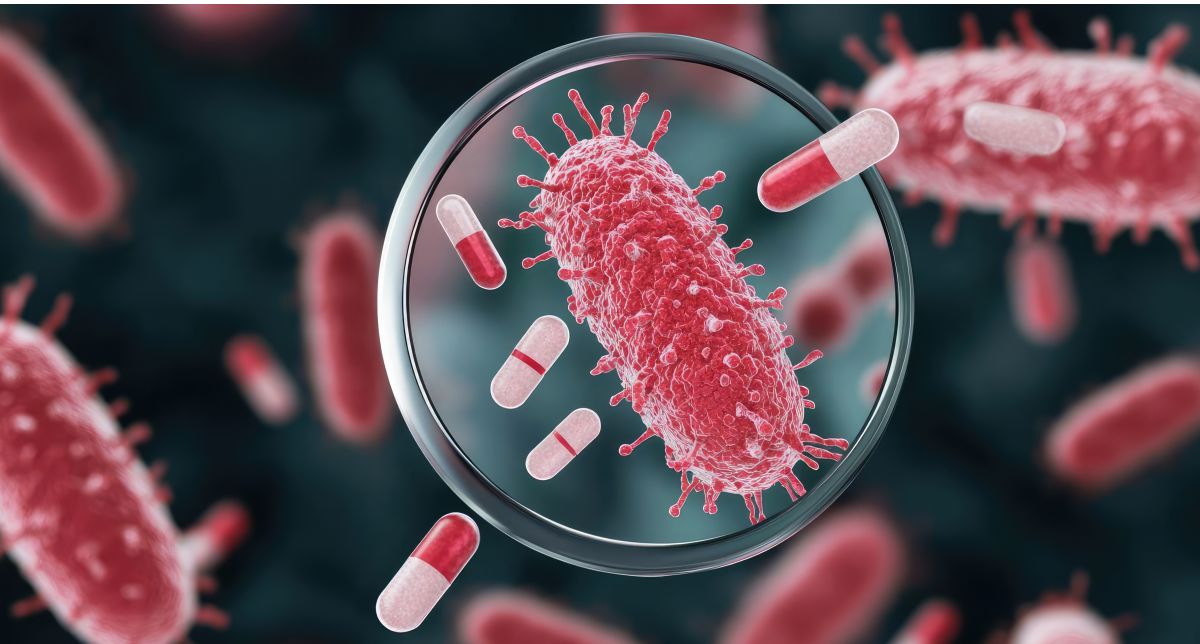
Antimicrobial resistance (AMR) is a natural phenomenon occurring when microorganisms – such as viruses, bacteria, fungi, and parasites – become resistant to the antimicrobial medicines designed to fight them. In other words, these medicines become less and less effective or totally ineffective in treating the infections caused by these resistant microorganisms. That’s why AMR is considered a growing public health issue.
As we know, the misuse and overuse of antimicrobials in humans, animals and plants are among the major contributors to the development of AMR in microorganisms. For instance, let’s consider antibiotics, medicines used to treat infections caused by bacteria. The inappropriate use of antibiotics may contribute to the development of resistant bacteria and their spread in patients within and across hospitals, countries, and globally.
But there is more. Do you know that the incorrect use of antibiotics can raise the risk of Clostridioides difficile infection? Have you ever heard about that?
Its name sounds like a tongue-twister, but this microorganism is not at all friendly, believe me. As a matter of fact, Clostridioides difficile (also named C. diff) is the most common cause of diarrhoea in hospitalised patients and is one of the most important microorganisms related to healthcare-associated infections.
Please, let me introduce you to this bug.
C. diff is a rod-shaped bacterium that is rarely found in the intestine of healthy adults. It has got the ability to form spores by surrounding itself with a very strong structure. It is this sort of a “shell” that enables C. diff to survive in harsh environmental conditions.
It is transmitted through the faecal-oral route. For example, in healthcare facilities C. diff can be acquired through the ingestion of spores contaminating the hands of other patients or healthcare workers, or from environmental surfaces. These swallowed spores survive the acid environment of the stomach, and then germinate in the intestine (in plain words, it means that C. diff bacteria come out of their “shells” and become active). Here, they can produce toxins (called toxin A and toxin B), which are responsible for the clinical manifestations of the infection.
Symptoms and signs may vary, from diarrhoea to fulminant sepsis with toxic megacolon, a severe condition characterised by high mortality.
There are several risk factors for C. diff infection.
The use – and clearly misuse and overuse, as well – of antibiotics is one of the risk factors. Indeed, as observed by several studies, the risk of C. diff infection increases when the duration of the antibiotic therapy exceeds 10 days. Moreover, the risk of infection increases up to 6 times during and in the month following antibiotic therapy. Nearly all antibiotics have been associated with C. diff infection; however, clindamycin, penicillins, third-generation cephalosporins and fluoroquinolones pose the greatest risk.
Now, you might be wondering: how does it happen? And why?
In our intestine both “good” and “bad” bacteria live together in a balance for protecting our body from infections and maintaining health. In normal conditions, “good” bacteria help to keep other bacteria, such as C. diff, in check. The use of antibiotics inevitably changes the normal intestinal flora by upsetting this delicate balance between microorganisms. This alteration may create favourable conditions for the proliferation of C. diff bacteria which finally can start producing bad toxins responsible for infection. That’s the problem.
In order to prevent and stop C. diff some basic measures must be promptly implemented.
Hand hygiene with soap and water is the golden rule. Indeed, the transmission of spores occurs mainly through contaminated hands. This is the cornerstone of prevention and control of all healthcare-associated infections, and especially for C. diff infection. Indeed, alcohol-based hand disinfectants are not effective against C. diff spores.
Moreover, in healthcare facilities patients with established (or even suspected) C. diff infection must undergo contact isolation precautions promptly. These measures must be followed by visitors and healthcare workers before entering and after leaving the patient’s room in order to prevent spores from spreading, thus reducing transmission between patients and environmental contamination.
Then, do not forget adequate environmental disinfection. Preventing C. diff infection in hospitals is a challenge because spores can survive on surfaces for months, and thorough cleaning and disinfection are necessary to remove them from the environment (for example, on the bed, floor, sink and light switches). Disinfection with sodium hypochlorite solutions is generally recommended in areas of healthcare facilities contaminated with C. diff.
The last but not the least, the appropriate use of antibiotics play an essential role in preventing C. diff infection, for the reasons we mentioned earlier.
In conclusion, we have learnt that the judicious use of antibiotics is crucial not only to counteract the emergence and spread of bacterial AMR.
Using these essential and life-saving medicines responsibly is also essential to reduce the risk of C. diff infection. Only take antibiotics when prescribed for you by your doctor, and always follow your doctor’s advice and instructions when taking antibiotics. Don’t forget it.

Francesco M. Labricciosa
Francesco M. Labricciosa is a Medical Doctor from Italy. After earning a post-graduate diploma in Primary Care Medicine, he consolidated his experience in different healthcare settings, and then became a specialist in Hygiene and Preventive Medicine.
Antimicrobial Resistance (AMR), optimal and prudent use of antimicrobials, and awareness towards consumption of these medications represent his main fields of interest.
Since 2016, he has been working with the Global Alliance for Infections in Surgery. He participated in several international research projects about prevention and management of healthcare-associated infections, surgical antibiotic prophylaxis, antimicrobial therapy in intra-abdominal infections, and antimicrobial stewardship programs. He has co-authored more than 40 articles published in peer-reviewed medical journals.
In 2023 he started an interesting collaboration with The AMR Narrative, serving as an Independent Advisor for the charity, and writing blogs to promote public understanding and education for AMR.
Moreover, Francesco works with several medical communication agencies in designing and finalising educational materials aimed at diversified audiences. Finally, he takes an active role in science communication blogging about antimicrobial use and AMR.
Supplementary Scientific Information:
Clostridioides difficile (C. difficile) is a key pathogen that disrupts gut homeostasis, particularly in healthcare settings. Its relationship with the gut microbiome is complex and plays a crucial role in both infection pathogenesis and recovery. Here’s an overview of key aspects:
Gut Microbiome and Colonisation Resistance
A healthy gut microbiome provides colonisation resistance against C. difficile by maintaining microbial diversity and metabolic functions.
- Commensal bacteria, such as Bacteroidetes and Firmicutes, produce short-chain fatty
acids (SCFAs) (e.g., butyrate) that regulate intestinal barrier function and immune responses. - Competition for nutrients and adhesion sites limits C. difficile growth in a balanced microbiome.
Disruption of the Microbiome and C. difficile Overgrowth
- Antibiotic Use: Broad-spectrum antibiotics (e.g., clindamycin, cephalosporins, fluoroquinolones) deplete beneficial gut bacteria, reducing colonisation resistance and allowing C. difficile spores to germinate.
- Dysbiosis: Reduction in key microbial groups (e.g., Firmicutes and Bacteroidetes) leads to increased availability of primary bile acids that promote C. difficile spore germination.
- Inflammation & Immune Dysregulation: Dysbiosis alters mucosal immunity, allowing C. difficile toxins (TcdA and TcdB) to damage intestinal epithelial cells.
C. difficile Infection (CDI) and Microbiome Disruptions
- Recurrent CDI (rCDI): Microbiome dysfunction predisposes individuals to recurrent infections, often requiring faecal microbiota transplantation (FMT) for restoration.
- Metabolic Shifts: C. difficile thrives in a disrupted microbiome by fermenting simple sugars and utilising amino acids from host epithelial damage.
Microbiome-Based Interventions
- FMT: Restores microbial diversity, reducing C. difficile recurrence rates.
- Probiotics: Lactobacillus and Saccharomyces boulardii may help prevent CDI, though efficacy is variable.
- Next-Generation Microbiota Therapies: Live biotherapeutics (e.g., SER-109) derived from purified microbiota compositions aim to prevent CDI recurrence.
- Prebiotics & Diet: Fibre-rich diets promote SCFA production, supporting microbiome resilience against C. difficile.
Future Directions
- Microbiome Engineering: Synthetic microbial consortia to outcompete C. difficile.
- Metabolite-Based Therapies: Targeting bile acid metabolism to suppress C. difficile growth.
- Host-Immune Modulation: Strategies to strengthen mucosal immunity alongside microbiome restoration.
The gut microbiome plays a pivotal role in preventing and managing C. difficile infections, highlighting the importance of microbiome preservation in antimicrobial stewardship programmes.












